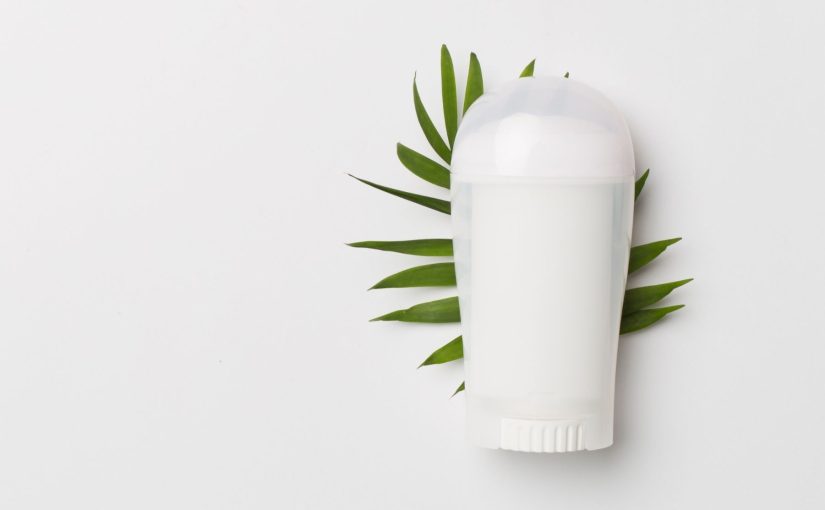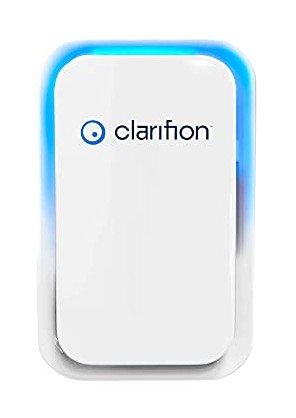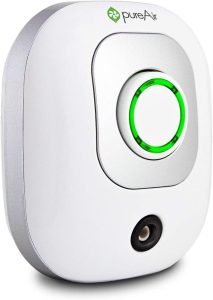Table of Contents
What Are Plug In Air Purifiers?
Plug in air purifiers are small cordless air purifiers that plug directly into a wall outlet. The closest comparison size wise is a glade air freshener that sits on the wall plugged directly into a receptacle.
They reduce indoor air pollution like pollen, allergens, airborne bacteria and viruses, as well as odors and VOCs (environmental pollutants like aerosols for instance).
They are designed to work in small areas 150 square feet and under.
This makes them very convenient as travel air purifiers and office cubicles.
They’re also very handy for keeping plugged in near you while you are sleeping so that you can breathe and rest easier.
Plug in air purifiers work just like any air purifier except for on a small scale.
As long as it is understood that they are only effective in small areas, then the result you get from a plug-in air purifier should be satisfactory.
The problem that most get themselves into when it comes to plug-in air purifiers is that they believe that they will clean the air in a much bigger room or area then they are intended to.
How long do plug-in air purifiers last?
Plug in air purifiers use a variety of different technologies to clean the air.
Some rely on ionization, others contain HEPA and carbon filters, while others use ultraviolet lamps with titanium oxide coatings.(photo catalytic oxidation)
Each type of technology lasts for a different duration.
A plug-in air purifier that has a HEPA and carbon filter generally will last about 3 months before the filters have to be changed.
A UV lamp can last up to 6 months before having to change it out.
An ionizer alone can last 1 to 3 years.
Since these small plug-in air purifiers are generally priced somewhat cheap, they can be bought in packs so that they can be placed around the house or they can simply be replaced every 6 months or so.
But if they are properly cleaned they should last you much longer than that.
Here are some of the best plug-in air purifiers on the block.
 Clarifion
Clarifion
The Clarifion is the most popular one.
This air purifier uses negative ions generated by electricity and disperses them from the unit.
Because ions attract and are heavier than the dust particles including allergens and pollens, when the ions combine with the airborne pollutants, the newly formed particles become too heavy to float and fall to the surface.
This keeps the air that you breathe (the ambient air) free from pollutants.
This air purifier does not contain any type of filter to collect dust. The surfaces around the plug-in air cleaner will have to be wiped down often for the air purifier to work efficiently.
 Clarifion DSTx
Clarifion DSTx
Clarfion DSTx is also a negative ionizer but it does have a HEPA filter with a carbon layer included.
HEPA filters are known for their ability to filter contaminants as small as 03 microns and carbon filters are known for their ability to trap gases and odors.
The replacement filters are meant to be replaced every 3 to 6 months for the unit to work efficiently.
 Clarifion ODRx
Clarifion ODRx
This unit uses a UV light to eliminate airborne germs and neutralize odors.
The lifespan of the UV light is around 8 months. See More Here.
 Germ guardian GG 1100 w 7 ”
Germ guardian GG 1100 w 7 ”
The germ guardian pluggable air purifier uses ultraviolet light with a titanium oxide coating.
The technology is called photo catalytic oxidation and it is very effective at reducing VOCs, airborne mold, germs and bacteria, as well as light odors.
There are no filters to replace but there is a UVC lamp that needs to be swapped out once every 10 to 12 months.
Gideon plug in ionizer
Gideon plug-in air purifiers offer a 3 in 1 solution that includes an ionizer, ultraviolet light, and a fan.
Unlike most of the other plug in air purifiers documentation, this air purifiers flyer says that it uses active ozone.
That’s because ultraviolet light creates a small amount of ozone and so does negative ions.
Albeit it’s not enough to be concerned about or even measurable enough to be labeled as an ozone generator,
It’s still there.
And personally I believe that it’s a very honest way of approaching this technology.
Because all ionizers or UV light air purifiers create a little bit of ozone.
And for most products, especially a small plug-in ionizer, the level of ozone is well under the federal limit of .05 parts per million.
But most air purifier companies, at the least, will not bring it up.
And there are a few that I know of that outright lie and say that they don’t generate ozone at all.
So good on you, Gideon..
 GreenTech pure air 50
GreenTech pure air 50
This is a plug-in air purifier that covers up to 325 ft. That’s the most square feet covered that I have seen in an air purifier that size.
This air purifier also lists ozone as a technology that they use to clean air..
Along with HEPA and carbon filtration and ionization.
Interestingly enough, even though the air cleaner uses HEPA and carbon filtration, there are no filters to replace.
Apparently it’s a wipeable filter.
This is a good option for you if you are looking for a plug-in ionizer that is a little more powerful and can clean a little bit larger of an area.
And they are completely honest about the ozone. Which like the Gideon ionizer, is not enough for them to even have to mention it.
I’m buying for honesty. See it Here
Plug in air purifier as seen on TV
There is a as seen on tv plug-in air purifier that is called the “breathe pure portable plug-in”
It looks identical to the Green tech pure air 50.
My guess is that they are identical air purifiers branded under two different names.
Is there an ozone free plug-in air purifier?
Plug in air purifiers are primarily negative ionizers and UV light sterilizers.
There are a few that have Hepa and carbon filters, but these are usually a side note on this kind of air purifier because of the size of the filters.
Negative ionizers and UV light sterilizers both create a small amount of ozone.
The amount of ozone that an air cleaner as small as a plug-in air purifier creates is very minimal and does not exceed the federal limits for ozone.
I have yet to come across a plug-in air purifier that relies 100% on filters.
And to have an ozone free plug-in air purifier, that’s what you would have to have.
 Do plug-in air purifiers work?
Do plug-in air purifiers work?
The fact that plug-in air purifiers are so small that they plug directly into the wall without the use of a cord leads some people to believe that they must be gimmicky and not really do anything.
But plug in air purifiers are genuine air purifiers that use real proven air purifier technologies to rid the air of pollen, germs and allergens, etc.
But they do so on a very small level.
Most plug-in air purifiers are rated for 150 square feet and under.
And just like full size air purifiers they have changeable filters and UV lights that can be replaced to make the plug-in air purifier last a very long time.
But on the other hand, they are priced at a low enough point that you may want to simply throw it away and pull out a new one after a few months.
Plug-in air purifiers make a great travel bag air purifier to plug in when you get to your hotel or use in the car as you are traveling there.
They also make a great companion to keep in your office cubicle or next to you while you are trying to get some rest at night.
How to clean a plug-in air purifier
The majority of the plug-in air purifiers use negative ion technology to keep the air surrounding the air purifier clean and allergen free.
Negative air ionizers work by creating negative ions and emitting them into the air.
Because of polarization, the negative ions bind with the positive ions in the air, which are considered the air pollution.
The newly formed particle becomes too heavy to float and falls to the surface.
But the surface can also be the plug-in air purifier itself and the surrounding wall.
To clean a plug-in air purifier ionizer
“Never use compressed air or a can of air to blow into the purifier. Many of these devices have a titanium oxide coating that can come off if air pressure is applied.”
Same goes with any type of vacuum that has high suction power.
The best practice is to just:
a. Unplug the device
b. Wipe the dust off with a microfiber cloth. (Including the wall and outlet plate)
c. Use a Q-tip with rubbing alcohol on it to get into any stubborn spots that you can’t get the dust out of.
Cleaning and Maintenance Tips for Plug-in Air Purifiers
| Do’s | Don’ts |
|---|---|
| Unplug and use a microfiber cloth | Use compressed air or high suction vacuum |
| Use a Q-tip with rubbing alcohol | Assume internal parts need cleaning |
| Regular cleaning for efficiency | Neglect surface and surrounding area cleaning |
The plug in air purifier will last much longer if this is done a couple of times a week.
It will also be much more effective because an ionizer that is covered in dust does not allow for the ions to be emitted away from the device.
These small plug-in air purifiers and ionizers typically do not have a way of taking them apart so there is no need to be concerned about cleaning any of the internal parts.
Even if there is a way to get it apart, the internal parts will not need cleaning.



 Clarifion
Clarifion Clarifion DSTx
Clarifion DSTx Clarifion ODRx
Clarifion ODRx GreenTech pure air 50
GreenTech pure air 50